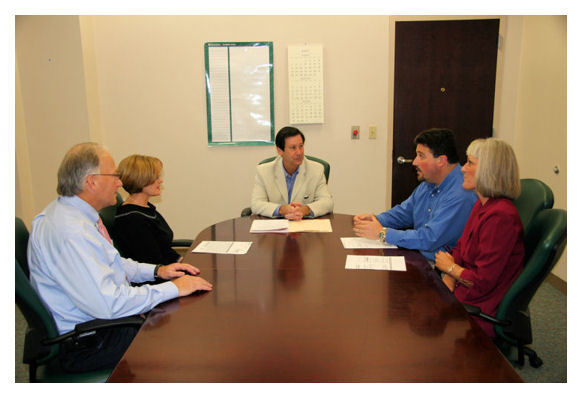Like with many other employment laws in general and wage laws specifically, there is no bright line rule that defines which employees are exempt from overtime, and which workers are entitled to overtime compensation. Below, I will try to make the job of both employers and employee who try to apply professional exemption to their situation easier and more certain.
For the purposes of determining professional exemption, the term “professional” means any employee who: (1) is compensated on a salary or fee basis at a rate of no less than $455 per week (periodically adjusted); (2) whose primary duty is the performance of work (a) requiring knowledge of an advanced type in a field of science or learning customarily acquired by a prolonged course of specialized intellectual instruction; or (b) requiring invention, imagination, originality or talent in a recognized field of artistic or creative endeavor. 29 C.F.R. 541.300(a).
The phrase “work requiring advanced knowledge” is the key part which is the most commonly litigated and disputed element of the rule. According to regulations, this includes work requiring consistent (although not necessarily constant) exercise of discretion and judgment, as distinguished from routine mental, manual, mechanical or physical work. An employee who performs work requiring the advanced knowledge generally uses the advanced knowledge to analyze, interpret or make deductions from a set of facts. The advanced knowledge required to be exempt as a professional cannot be attained at a high school level.





